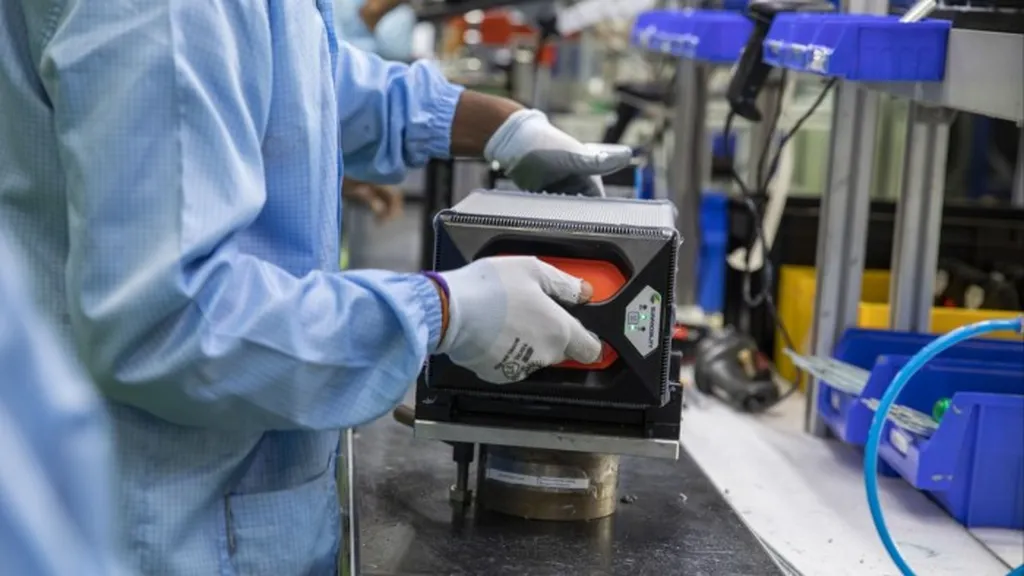Scientists at the Centre for Nano and Soft Matter Sciences (CeNS) in Bengaluru have developed a scalable next-generation device that produces green hydrogen by splitting water molecules using only solar energy. This innovation could significantly support the decarbonization of industries and fuel vehicles, marking a substantial step forward in renewable energy technology.
The research team, led by Dr. Ashutosh K. Singh, designed a state-of-the-art silicon-based photoanode. This photoanode uses an innovative n-i-p heterojunction architecture, consisting of stacked n-type TiO2, intrinsic (undoped) Si, and p-type NiO semiconductor layers. These layers work together to enhance charge separation and transport efficiency, crucial for effective solar-to-hydrogen conversion.
The materials were deposited using magnetron sputtering, a scalable and industry-ready technique that ensures precision and efficiency. This method allows for better light absorption, faster charge transport, and reduced recombination loss, all of which are essential for efficient solar-to-hydrogen conversion.
The device achieved an impressive surface photovoltage of 600 mV and a low onset potential of around 0.11 VRHE, making it highly effective at generating hydrogen under solar energy. Moreover, it demonstrated exceptional long-term stability, operating continuously for over 10 hours in alkaline conditions with only a 4% performance drop. This level of durability is rare in silicon-based photoelectrochemical systems.
The new device is attractive for several reasons, including high efficiency, low energy input, robust durability, and cost-effective materials. It even demonstrated successful performance at a large scale, with a 25 cm2 photoanode delivering excellent solar water-splitting results.
“By selecting smart materials and combining them into a heterostructure, we have created a device that not only boosts performance but can also be produced on a large scale,” said Dr. Singh. “This brings us one step closer to affordable, large-scale solar-to-hydrogen energy systems.”
The work has been published in the Journal of Materials Chemistry A, published by the Royal Society of Chemistry. The researchers believe this is just the beginning. With further development, the technology could fuel hydrogen-based energy systems, from homes to factories, all powered by the sun.
This development could reshape the energy sector by providing a scalable and efficient method for producing green hydrogen. If successfully commercialized, it could reduce reliance on fossil fuels, lower carbon emissions, and drive the adoption of hydrogen as a clean energy source. The scalability of the technology is particularly noteworthy, as it addresses one of the major challenges in renewable energy: the ability to produce energy on a large scale without compromising efficiency or cost. This innovation could pave the way for more widespread use of solar-to-hydrogen systems, potentially transforming industries and transportation. The durability and efficiency of the device also suggest that it could be a reliable solution for long-term energy needs, further encouraging investment and development in this area.

